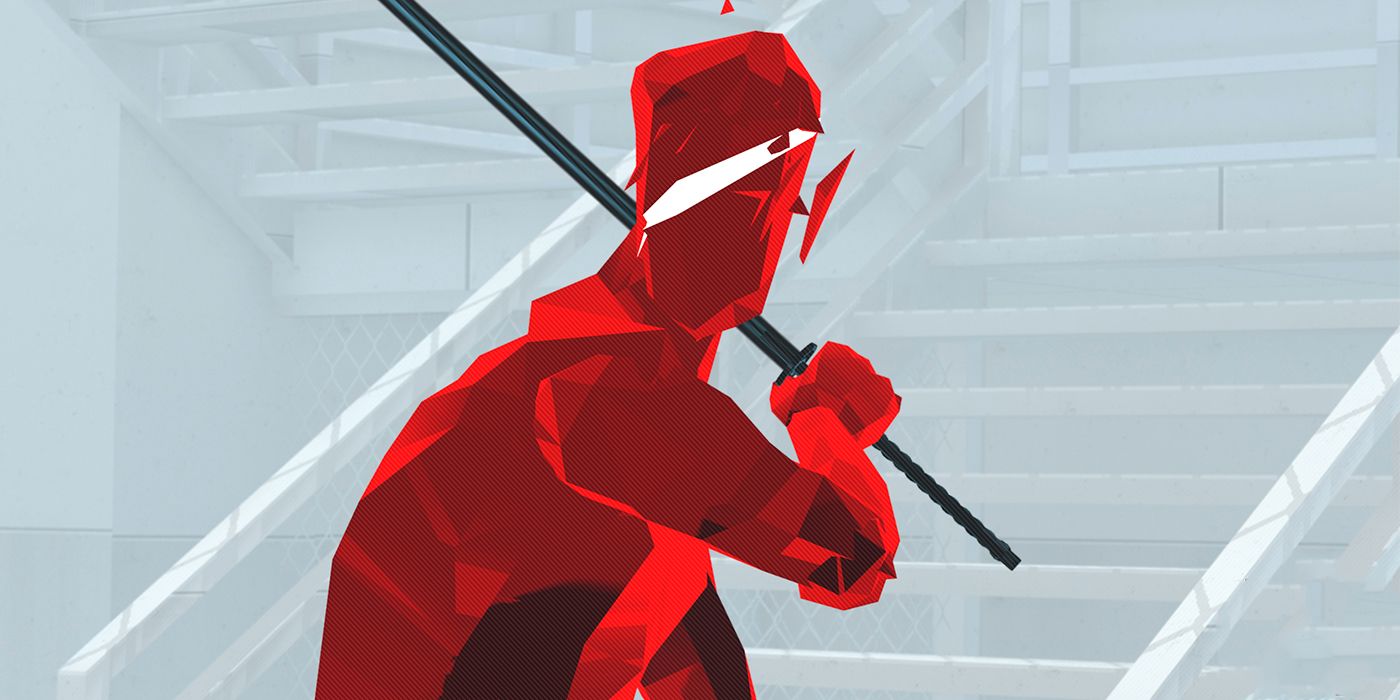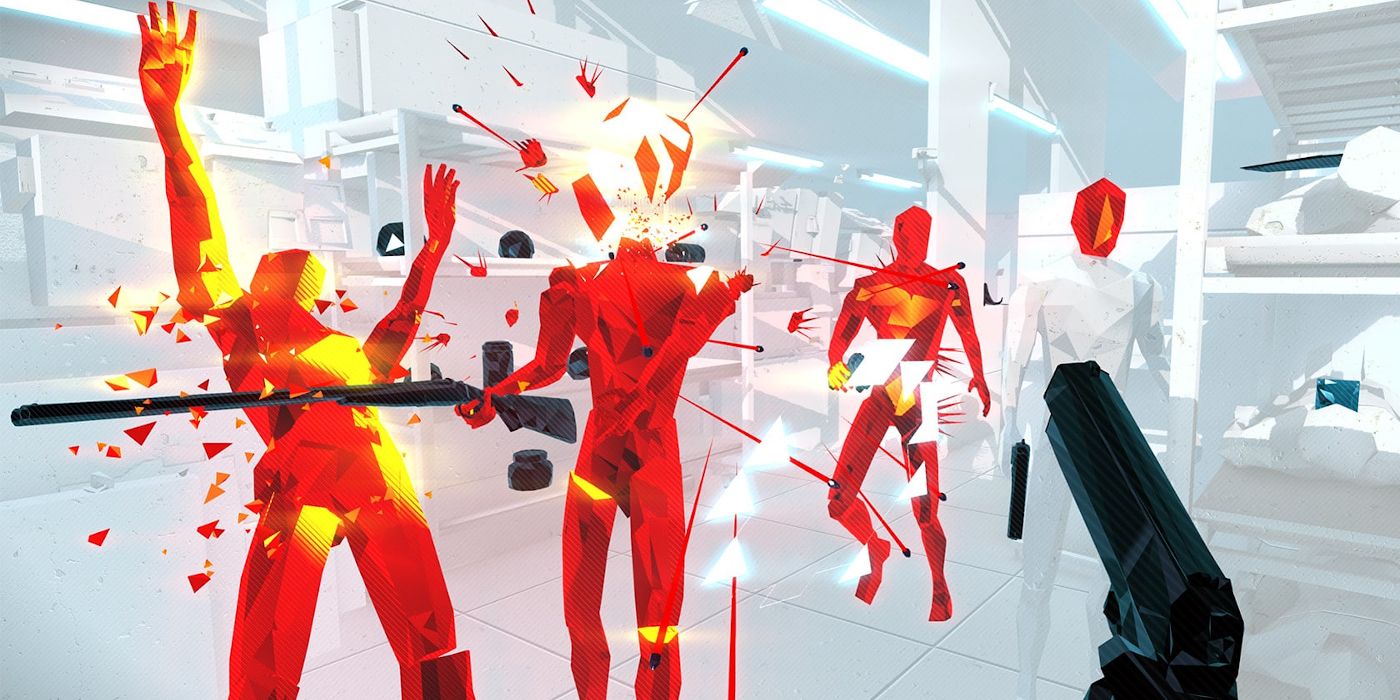One of the most unique FPS games to release this year is undoubtably Superhot: Mind Control Delete. Taking place in a computer simulated world, players are tasked with braving through a maze of environments while using a variety of melee and firearm weapons to shatter through floods of red glass opponents. Staying motionless freezes the world - enemies remain still while weapons mid throw hang in the air. The moment the player moves again, the world buzzes back to life, bullets ricochet off walls and combat resumes.
This unique mechanic makes Superhot: Mind Control Delete as much of an FPS as it is a puzzle game. Players will need to carefully calculate the paths they want to take and how to eliminate all of the enemies to avoid getting killed in the process. With a reasonably sized 15 hour campaign, Superhot: Mind Control Delete has 100 levels for players to enjoy. Although, there are a few technicalities that the Superhot Team implemented that could justify Superhot: Mind Control Delete being nearly limitless game.
Superhot: Mind Control Delete's campaign consists of 100 levels, or as they're called in the game, "nodes". Each node gets progressively more challenging, featuring larger environments and more enemies. The first few nodes act as a standard tutorial setting to introduce players into the mechanics of the game and get a sense for the variety of moves that can be done. Every node contains several maps - one node is not just one level in the traditional sense, they're often split in Node 1A, Node 1B, and so forth. At the end of every completed node, players will have the opportunity to choose one of two "hacks", which are basically power ups. In turn, while there are 100 nodes, there are quite a few more "levels" for players to go through.
Superhot: Mind Control Delete's Procedurally Generated Worlds Means No Two Levels Are Identical
What makes Superhot: Mind Control Delete's level structure even more unique is its usage of random generation. Unlike past games in the franchise which often followed a much more linear structure, the developer wanted to create a game that could be played for hours on end without getting repetitive and boring. In order to do this, the team build multiple environments, each of which contains interchangeable parts, meaning that no two nodes are ever alike. If a player is to die, the game will reshuffle all of the nodes and the game begin again from Node 1. Each level is no longer a handcrafted, linear experience, but is rather a procedurally generated world that will always leave the player guessing about what's around the corner.
Due to this randomization, Superhot: Mind Control Delete has a large replayability factor. Given the title's massive array of weapons, enemies, and layouts, it's difficult for players to get "used" to how the game facilities work. In fact, repetition is so critical to the game that it's nearly impossible for a new player to get through the title without dying at least once. With ever changing player and enemy spawn locations, it's easy for a random enemy to sneak up behind the player and shoot them in the back. These moments really make Superhot: Mind Control Delete exciting and fun to come back to.
While the Superhot series is not the first to introduce procedurally generated levels, it has created a world that works perfectly with the game's mechanics. As a puzzle disguised as a FPS, players can learn the techniques to succeed, but that doesn't guarantee they'll reach Node 100. With the game's ever changing environments, there is more than 100 levels for players to brave through in Superhot: Mind Control Delete.


